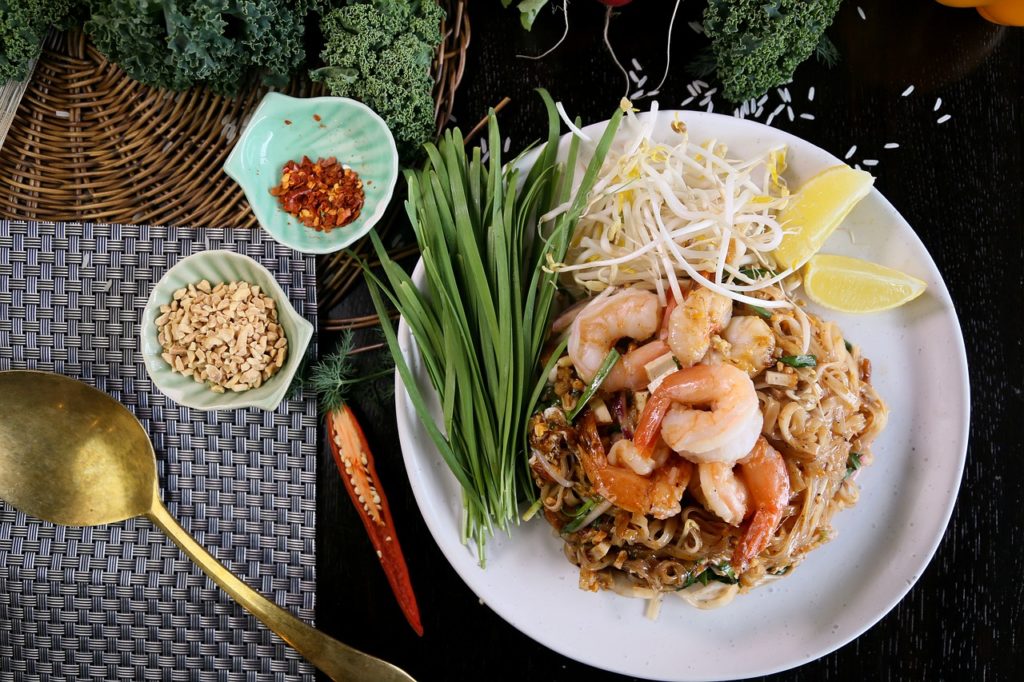Asian takeout food is hugely popular, and for good reason. It is finger-licking good! And you might think you’ll never be able to recreate that in your kitchen, but that doesn’t mean you cannot try!
To bring a taste of your favorite Asian dishes to your kitchen, you first need to familiarize yourself with staple ingredients used in Asian cuisine. Here’s a list of 7 ingredients that’ll go a long way in helping you create a little Asian cuisine heaven at home.
- Rice Wine
It’s time for you to switch your regular cooking wine with rice wine, which is one of the ingredients behind the reason your Chinese takeout always tastes ‘so good’.
Rice wine is popular in several Asian cuisines, including Chinese, Indian, and Korean. It’s great for use in sauces, meat dishes, and in other recipes that require regular wine. It’ll also make a big difference in your slow cooker meals by adding a depth and flavor complexity you wouldn’t achieve otherwise.
Just ensure to have the perfect non-stick coated pot to simmer your food in so you don’t lose the rich flavor.
- Soy Sauce
Soy sauce might be just another ingredient in your kitchen, but it’s a staple when it comes to Asian cooking. This sauce is made of fermented soybeans, salt, wheat flour, and water and originated from China. You can use it when grilling, braising, and also as a dipping sauce.
Note that in Asian cuisine, there are different types of soy sauce, each giving a different flavor experience. For instance, Thai cooking uses at least five varieties, including dark, dark sweet, and thin soy sauce. By trying some of the varieties used commonly in Asian cultures, you’ll be able to bring more character to your dishes than is possible with regular soy sauce.
- Gochujang
For a spicy paste that’ll take your sauces, stews, and marinades to the next level, the Korean gochujang is a perfect ingredient. Made with red chilies, it can be quite spicy, depending on the brand. Other ingredients used to make gochujang are sticky rice, fermented soybeans, and salt.
- Shrimp Paste
Your curries, soups, and sauces will never be the same again with shrimp paste. Made with fermented crushed shrimp and salt, this paste adds a fishy, salty flavor to food. Shrimp paste is popular in Southeast Asian cuisines.
- Broad Bean Chili Paste
As you can already tell, Asian cuisine is big on pastes; the broad bean chili paste is one you should try. This one is available in two varieties. One is spicy while the other one comes plain but has a savory taste. This is your go-to paste to add a spicy element to your stir-fries, whether we’re talking about rice, vegetables, or meat.
- Fish Sauce
Fish sauce is a staple in East and Southeast Asian cuisines. Therefore, if you’re looking to recreate your favorite tastes from Thai or Vietnamese restaurants, you’ll need it. With just a few drops, this sauce will lend a deeper, savory taste to your soups, stir-fries, and more.
- Sesame Oil
Looking for an oil, you can drizzle on food or use in marinades without worrying about your health? Meet Sesame oil. This is a common ingredient in Asian recipes and is good for you. Not only is this oil rich in antioxidants and heart-healthy fats, but it also comes with a mouthwatering nutty aroma and flavor.
Bring a Little Asian Spice to Your Kitchen
Ingredients borrowed from Asian cuisine will introduce an entirely new world of flavor profiles to your meals, and it’ll be hard to settle for plain dishes again. Start with ingredients that you can use in your usual homemade meals and see the difference they make. With practice, you’ll even be able to make Asian dishes that taste as good as your takeout.
